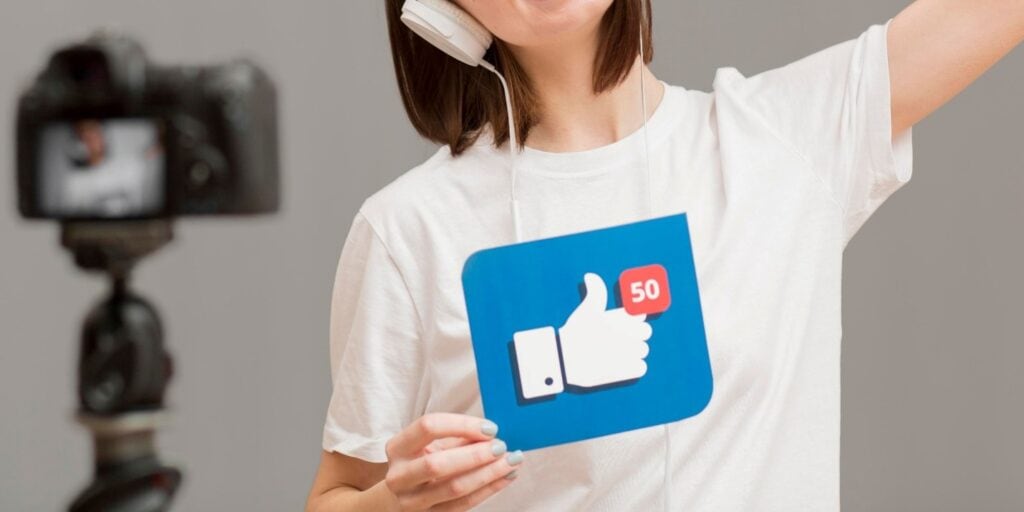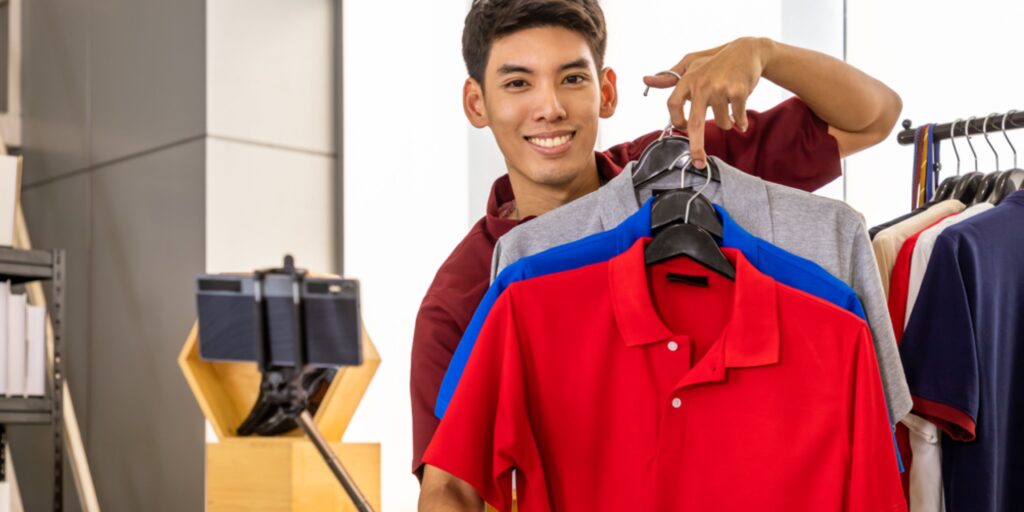Businesses are constantly seeking innovative ways to connect with customers and promote their products. Enter the world of “Live Shopping,” a captivating fusion of e-commerce and live streaming. In this article, we’ll explore how brands and influencers are harnessing the power of real-time interactions to reshape the landscape of online retail.
The Dawn of Live Shopping
Live Shopping, also known as “shoppertainment” or “social commerce,” marries the immediacy of live video with the allure of online shopping. It allows brands and influencers to showcase products, answer questions, and facilitate purchases—all in real-time.
The concept originated in China, where platforms like Taobao Live and Kuaishou have transformed the way people shop. Now, this trend is sweeping across the globe, with businesses and influencers from all industries eager to hop on the bandwagon.
Real-Time Engagement with Audiences

One of the most compelling aspects of Live Shopping is the direct interaction it enables between sellers and viewers. Brands and influencers can read and respond to comments, creating a sense of connection that’s often lacking in traditional online shopping experiences.
Imagine watching your favorite beauty influencer demonstrate a new skincare product live. You can ask questions about its suitability for your skin type, get instant feedback from the influencer, and then purchase the product—all without leaving the livestream. It’s a level of engagement that no static product listing can replicate.
The Power of Trust and Authenticity
In a world flooded with advertisements and sponsored content, consumers are increasingly valuing authenticity. Live Shopping leverages this trend by offering a transparent view of products and their real-world usage.
When influencers and brands showcase products in real-time, it fosters trust. Viewers can see how a product works, hear honest reviews, and witness the immediate reactions of others. This authenticity builds confidence in potential buyers, encouraging them to make informed decisions.
Examples of Live Shopping Success

Live Shopping isn’t limited to a single industry—it’s a versatile strategy that can be tailored to fit various niches. Here are a few examples of how brands and influencers have found success with Live Shopping:
- Fashion: Clothing brands host live fashion shows, where models showcase the latest collections. Influencers offer styling tips and answer questions from viewers.
- Beauty: Influencers demonstrate skincare routines, makeup application techniques, and review products in real-time. Viewers can ask questions about product ingredients and suitability.
- Electronics: Tech brands showcase the features of their latest gadgets, answering viewer queries about specifications, performance, and compatibility.
- Food and Beverage: Restaurants and food influencers can host live cooking demonstrations, allowing viewers to follow along and ask questions about recipes and ingredients.
- Home and Décor: Interior designers and home goods brands can provide virtual tours of decorated spaces, offering viewers insights into design choices and product recommendations.
The Role of Influencers
In the world of Live Shopping, influencers play a pivotal role. Their ability to connect with a dedicated audience and convey trustworthiness makes them valuable partners for brands. Influencers often collaborate with brands to host Live Shopping events, showcasing products to their followers and driving sales.
In return, influencers gain access to exclusive products, earn commissions from sales, and strengthen their relationships with their audience. It’s a mutually beneficial arrangement that blurs the line between advertising and genuine product discovery.
Technological Advancements
As Live Shopping gains momentum, technology is keeping pace. E-commerce platforms are integrating live streaming features, making it easier for brands to host live shopping events. Payment gateways are also evolving to facilitate seamless transactions during live streams.
Furthermore, augmented reality (AR) and virtual reality (VR) are poised to elevate the live shopping experience. Customers may soon be able to virtually try on clothing or visualize how furniture would look in their homes during live streams.
The Future of Live Shopping
The future of Live Shopping is promising. As the technology matures, it’s likely to become more immersive and interactive. Consumers can expect personalized recommendations based on their preferences, and brands may incorporate gamification elements to engage viewers further.
Additionally, Live Shopping may become a staple in the event industry. Virtual trade shows, product launches, and conferences could leverage live streaming to reach a global audience and offer real-time product demos.
Live Shopping represents a paradigm shift in the world of online retail. It leverages the power of real-time interactions, trust, and authenticity to revolutionize the way we discover and purchase products. Brands and influencers alike are seizing the opportunity to engage with audiences in a more intimate and compelling manner.
As technology continues to advance, Live Shopping is poised to become a dominant force in e-commerce. It’s no longer just a trend; it’s a transformative way of shopping that offers benefits to both businesses and consumers. In this era of constant connection, Live Shopping bridges the gap between the digital world and the real, offering a shopping experience that is not just transactional but genuinely engaging.

